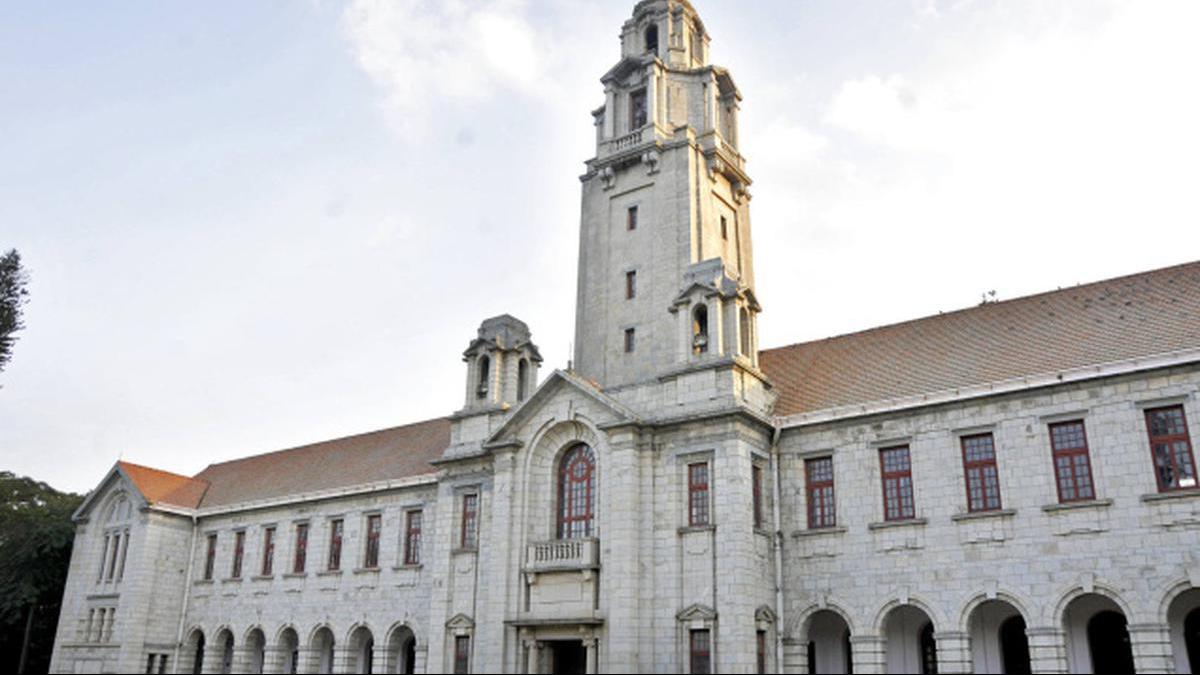
Natural vegetation on nearly 12,850 sq. km in the Cauvery basin has been lost, says a research paper
The Hindu
In Cauvery basin, natural vegetation cover decreased by 46% in 50 years (1965-2016). Karnataka lost most (75%), TN (20%). Reasons including inappropriate cropping patterns, inefficient water use, over-exploitation of groundwater, etc. Solutions: integrated mgmt, restrictions on water-intensive crops, enrichment of catchment, organic farming, effluent treatment plants.
Natural vegetation on nearly 12,850 sq. km of land in the Cauvery basin was lost in the 50 years between 1965 to 2016, according to a recent paper published by scientists and researchers at the Indian Institute of Science (IISc), Bengaluru. Karnataka has lost much more than any other State in the basin. It accounts for three-fourths of the lost cover, while Tamil Nadu’s share is around one-fifth, the study added.
Pointing out that natural vegetation cover went down by around 46% all these years, the paper, authored by T.V. Ramachandra, Vinay S., Bharath S., and Bharath H. Aithal, stated that the quantum of reduction of dense vegetation was 35% (6,123 sq. km) and that of degraded vegetation, 63% (6,727 sq. km).
Areas that suffered adverse changes in the extent of forest cover include the Brahmagiri Wildlife Sanctuary, Bandipur National Park, Nagarhole National Park and the Cauvery Wildlife Sanctuary. In respect of the Bannerghatta National Park, the moist deciduous forest area, which was about 50% in 1973, stood at 28.5% in 2015 due to “anthropogenic pressure” on the National Park and its environs.
Taking a historical view of the growth in the cropping area in the basin, the paper, titled “Cauvery River: Land Use Dynamics Biodiversity & Hydrological Status,” said that in respect of Tamil Nadu, the extent of area under irrigation rose from 6,556 sq. km in 1928 to 20,233 sq. km now and in the case of Karnataka, it was from 1,193 sq. km to 8,497 sq. km. Consequently, the water demand of the two States increased. It added that land use analysis showed that in 73.5% of the catchment, agriculture and horticulture constituted the dominant activity.
The paper identified “inappropriate” cropping patterns, inefficient use of water, adoption of multi-season water-intensive crops, “unsustainable” mining of river sand, and the decline in community participation in watershed management as problems that characterised the basin.
To remedy the situation, the paper called for the integrated management of the catchment with an interlinked system of natural resources; restrictions on “large-scale water-intensive” cash crops, monoculture and over-exploitation of groundwater; enrichment of the catchment with native species; promotion of organic farming; setting up effluent treatment plants, and ensuring zero discharge from industries.













